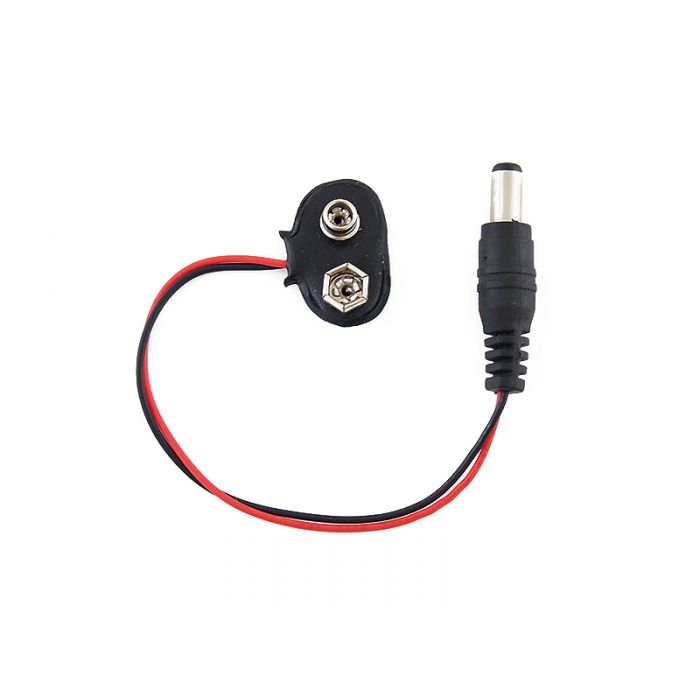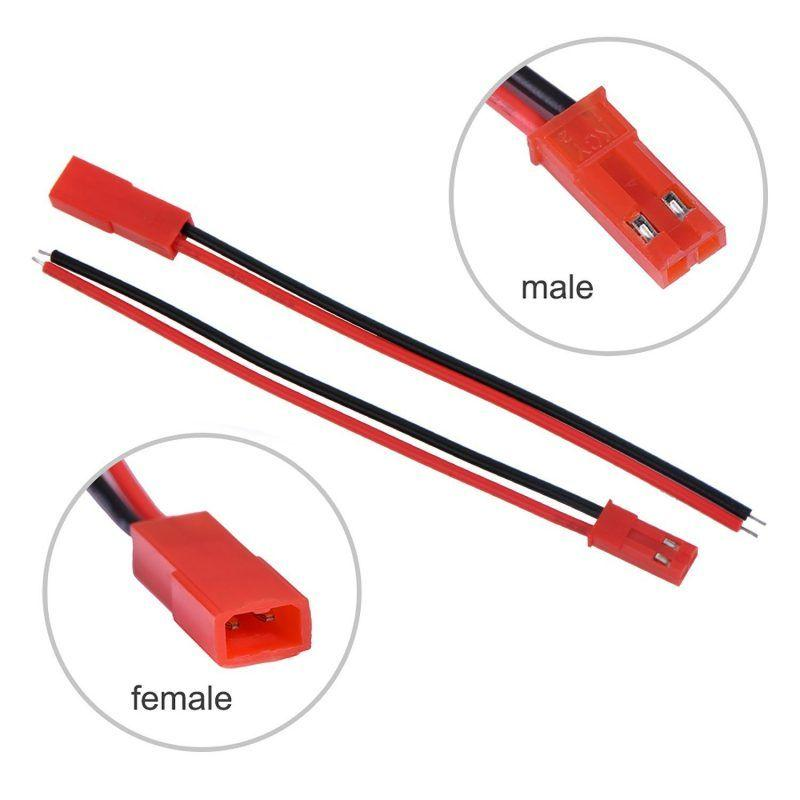

GSM/GPRS Shield for Arduino SIM900
Inhouse product
Reviews & Ratings
The Shield GPRS/GSM SIM900 is the easiest way to connect your Arduino projects to the cellular network and thus be able to send and receive text messages (SMS), voice calls and even connect to the Internet via GPRS and thus enter the world of the Internet of things (IoT). The Shield SIM900 works in the 850/900/1800/1900MHz GSM bands. All you need to add cellular functionality to your project is a SIM card (Entel, Movistar or Claro) and now you can start sending messages, making calls, among others.
The main chip of the Shield is the SIM900: a low cost GSM/GPRS modem with extensive support. The SIM900 supports AT commands by Serial UART, by using the commands it allows to send and receive SMS, make calls and connect to the Internet. In Arduino we can use a software serial port on pins D7 and D8, use the hardware Serial port on pins 0 and 1 or directly use the USB-Serial converter of the Arduino board using pins D0 (TX) and D1 ( RX). The Shield has two jumpers that allow you to select the pins for serial communication.
Using the Shield SIM900 GSM / GPRS with Arduino is very simple. First we must insert a SIM card in the corresponding socket and then we can directly mount the shield on an Arduino Uno. To power the shield we have 2 options that can be selected by means of an on-board switch: power the shield from our Arduino or with an independent source. If we choose an external or independent source we recommend using sources between 9V to 12V DC and that can supply currents greater than 1 amp, the 9V source for Arduino it's a good option. To activate the Shield we can do it manually or by software, manually with the on-board button and by software with Pin D9 (we must previously solder the PWR pads). The Shield includes an antenna with SMA connector, but if we want to make an extension of the location of the antenna we can choose one of these antennas: Linear GSM antenna with IPEX connector or GSM antenna with IPEX connector . The Shield SIM900 is perfectly compatible with Arduino Uno and Leonardo, to work with Arduino Mega we must wire pins D7 and D8 to pins RX1 and TX1.









